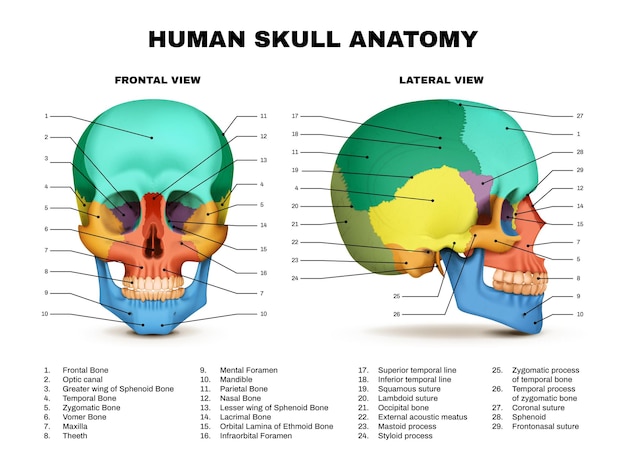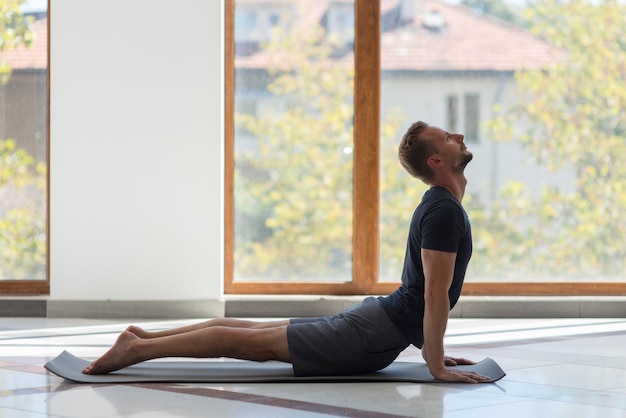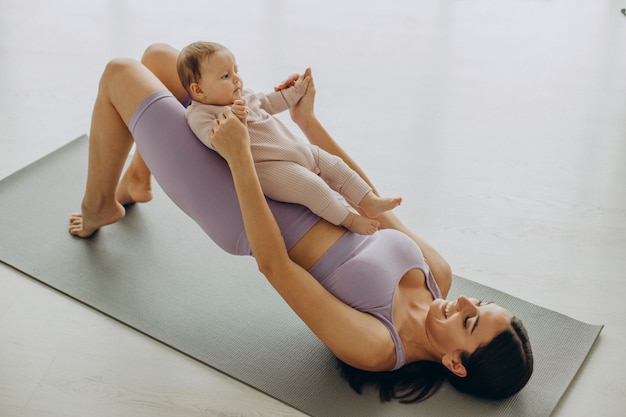If you're one of the millions dealing with back pain, you've likely heard the advice: "Strengthen your core." But what does that really mean? And more importantly—how do you do it safely and effectively when movement already hurts?
This comprehensive checklist cuts through the noise. It gives you a clear, science-backed plan to build core strength and improve balance—two critical factors in reducing and preventing back pain. Plus, we’ll explain why each step works and how to adapt it to your current ability.
Your core isn’t just about abs. It includes the muscles of your abdomen, lower back, pelvis, and hips. Together, they act as a natural corset, stabilizing your spine during everyday movements like bending, lifting, and even sitting.
When these muscles are weak or uncoordinated, your spine loses support. This increases stress on spinal joints, discs, and ligaments—leading to pain and injury over time.
Balance is equally important. Poor balance often reflects weak core control and impaired neuromuscular coordination. Improving balance trains your body to stabilize dynamically, reducing awkward movements that strain your back.

Before jumping into exercises, understand your baseline. Can you stand on one leg for 20 seconds? Does a simple pelvic tilt cause discomfort? Note any pain, imbalance, or limitations.
Why it works: Self-awareness prevents overexertion and guides progression. Starting too aggressively can flare up pain.
Lie on your back with knees bent. Gently tilt your pelvis upward, flattening your lower back against the floor. Hold for 5 seconds, then release. Aim for 10 reps.
Why it works: This simple move engages the transverse abdominis—the deepest core muscle that acts like a built-in back brace. It’s often underactive in people with back pain.
Adaptation: If lying down is uncomfortable, try it seated in a firm chair.
Lie on your back, arms extended toward the ceiling, knees bent at 90 degrees (tabletop position). Slowly lower one arm overhead while extending the opposite leg. Return and switch sides. Keep your lower back pressed to the floor.
Why it works: This trains anti-rotation and core control without spinal compression. It improves coordination between upper and lower body.
Adaptation: Keep both feet on the floor and only move arms. Progress to lifting one foot at a time as strength improves.

Stand with feet hip-width apart. Hold a light dumbbell or water bottle with both hands. Gently shift weight side to side, engaging your obliques. Keep movements small and controlled.
Why it works: Standing exercises train your core in functional positions. They improve balance and reduce reliance on seated or floor-based movements, which may not translate to daily life.
Hold onto a chair or wall. Lift one foot slightly off the ground. Hold for 15–20 seconds. Switch sides. Repeat 2–3 times per leg.
Why it works: Balance training enhances proprioception—your body’s ability to sense position. This reduces fall risk and improves movement efficiency, taking pressure off the spine.
Adaptation: Start with just lifting the heel, then progress to full foot lift. Close your eyes only when stable.
Sit tall in a chair. Place hands behind your head or on shoulders. Gently rotate your upper body to one side, keeping hips facing forward. Return and repeat on the other side. Do 8–10 reps per side.
Why it works: Many back issues stem from stiffness in the mid-back (thoracic spine). Controlled rotation improves mobility, reducing strain on the lower back during twisting motions.
Instead of a floor plank, try a wall plank: Stand facing a wall, place hands on it at shoulder height, and lean forward while engaging your core. Hold for 10–20 seconds.
Why it works: Planks build isometric strength, but traditional versions can strain the lower back. Wall or knee planks offer a safer alternative with similar benefits.
Progress only when an exercise feels controlled and pain-free. Increase duration before intensity. For example, hold a single-leg stand for 30 seconds before removing hand support.
Avoid exercises that cause sharp pain, radiating discomfort, or muscle guarding. Discomfort from effort is normal; pain is not.
Relieving back pain isn’t about quick fixes—it’s about consistent, intelligent movement. This checklist gives you a sustainable path to build core strength and balance, tailored to your current condition.
Start where you are, focus on form, and progress mindfully. Over time, you’ll not only reduce pain but also move with greater confidence and control.

Health

Health

Health

Health

Fitness

Fitness

Fitness

Wellness

Health

Wellness

Health

Wellness

Health

Fitness

Health

Health